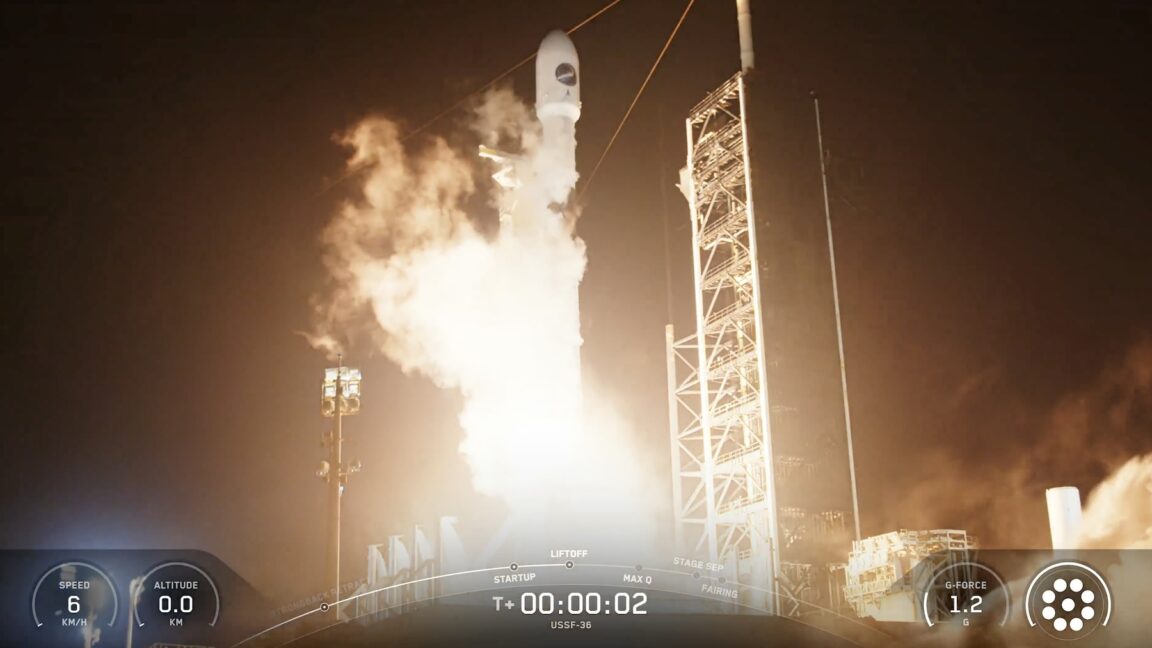The US military’s reusable winged spaceship, the X-37B spaceplane, has launched another mission, demonstrating its continued relevance in the ever-evolving space industry. The recent launch on a SpaceX Falcon 9 rocket marked the eighth flight of an X-37B spaceplane since its debut in April 2010.
The core of this mission is centered around a navigation experiment that will test the ability to navigate without relying on GPS signals, which are crucial for military operations and civilian life alike. The "world’s highest performing quantum inertial sensor ever used in space" is a key component of this experiment, developed by Vector Atomic and Honeywell Aerospace as part of an initiative led by the Defense Innovation Unit (DIU) and the Office of the Undersecretary of Defense for Research and Engineering.
This technology has direct defense applications, as explained by Lt. Col. Nicholas Estep, an Air Force engineer managing the DIU’s emerging technology portfolio: "Quantum inertial sensors are not only scientifically intriguing, but they also have direct defense applications." The potential for strategic gains across the Department of Defense is significant, with the ability to field devices that provide a leap in sensitivity and precision for observing platform motion.
The X-37B spaceplane has been flying missions that few would have foreseen when the program began. Its purpose as a technological testbed allows it to ferry experiments from Earth to space and back, making it an essential tool for advancing military technology and capabilities. The program is managed by the Air Force Rapid Capabilities Office in partnership with the Space Force.
In addition to the navigation experiment, this mission includes a laser inter-satellite relay terminal that will allow the X-37B to connect with other spacecraft in orbit. This technology has significant implications for space communication, enabling faster transmission of data while offering more security against eavesdropping or intercepts.
The Space Force operates the Global Positioning System (GPS) satellite network to provide navigation services to ships, airplanes, and land vehicles. However, the essential nature of GPS signals makes them a juicy target for jamming and spoofing, particularly in geopolitical hotspots. A wider war between the United States and a powerful adversary would likely include attempts to disrupt GPS signals across more regions.
The X-37B’s ability to operate in low-Earth orbit hosting quantum navigation and laser communications experiments is a testament to its versatility and adaptability. Few people envisioned these kinds of missions flying on the X-37B when it first soared to space 15 years ago. At that time, quantum sensing was confined to the lab, and the first laser communication demonstrations in space were barely underway.
The recent launch marked an important step in the US Space Force’s ability to leverage proliferated space networks as part of a diversified and redundant space architectures. In so doing, it will strengthen the resilience, reliability, adaptability, and data transport speeds of our satellite communications architecture.
As the X-37B continues to fly missions that push the boundaries of space technology, its relevance in the ever-evolving space industry remains clear.

